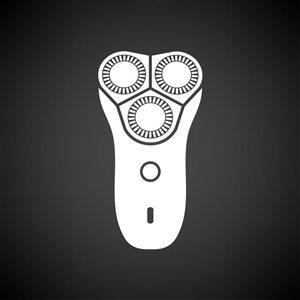SSZTAM4 november 2016 MSP430FR2311
It’s tough for consumers these days to figure out the differences among the many personal electronic devices like electric razors and toothbrushes that crowd the shelves of stores or populate the pages of Internet shopping sites.

Deciding which to buy often comes down to a quick review of battery life, advanced features, durability, versatility and other qualities. To stand out from the crowd of competitive devices, some manufacturers are turning to new microcontrollers (MCU) that are integrated with all of the resources needed to precisely control the tiny motors at the heart of many personal electronic devices.
Of course, low-power consumption is an absolute requirement, since razors, toothbrushes and the like operate off of a rechargeable battery. Some of these new MCUs, like TI’s MSP430FR2311 MCU, integrate a highly capable analog front-end that includes several standard operational amplifiers as well as a super-sensitive low-current transimpedance amplifier (TIA) – something that is rarely found integrated into a MCU.
Integrating all these resources, as well as an analog-to-digital converter (ADC), keeps power consumption down and the TIA is a real perk in personal electronic devices because a low-leakage TIA will detect extremely low currents flowing from a battery. The MCU can then keep track of the charge remaining in the battery and send this information to a small display so the user will know when it’s time to recharge the battery. Still though, advanced features are what will truly distinguish personal electronic devices in a crowded marketplace.
A few devices like the MSP430FR2311 MCU are breaking the mold when it comes to memory architectures and this gives product designers greater flexibility for adding advanced features. Instead of the restrictions that the typical RAM/Flash memory architecture imposes on developers, a unified architecture based solely on ferroelectric random access memory (FRAM) allows the developer to decide how much memory to allot to operating software and how much for data logging, for example. As a result, advanced features can be easily designed into new products.
For example, many electric razors differentiate themselves from their competitors on the basis of the closeness of the shave they offer and this is affected by their multiple cutting and shearing elements and movements, all of which must be controlled by the MCU. Some electric toothbrushes include a pressure sensor to tell the user when too much or too little pressure is being applied to the teeth, or to give the user operating options for sensitive teeth or a whitening treatment. Giving developers the memory space they need to add these sorts of advanced features simplifies new product development considerably and the manufacturer is able to focus on one MCU platform upon which a broad range of products can be based. Software-based features can also be added for high-end devices or removed for cost-sensitive models. All models can draw on the same system software base.

Higher level of integration for the MCU also reduces the bill of materials (BOM) costs so the end product can offer more ‘bang-for-the-buck,’ so to speak. After all, when it comes down to two personal electronic devices with similar price tags, consumers will more likely choose the product that offers more features and capabilities.
Additional resources:
Additional Resources
- Get started developing with the MSP430FR2311 MCU LaunchPad™ development kit.
- Enjoyed this topic? Keep reading
other related blog posts:
- Reach new low-power levels for any sensor based design with new MSP430FR2311 MCU
- IoT, wearables and other new applications create need for super-sensitive sensors
- Air quality monitors and smoke detectors put on a new face
- Smart buildings get smarter with ultra-low-power MCUs
- When green meets the IoT
- Health monitoring devices get a jolt from MCUs